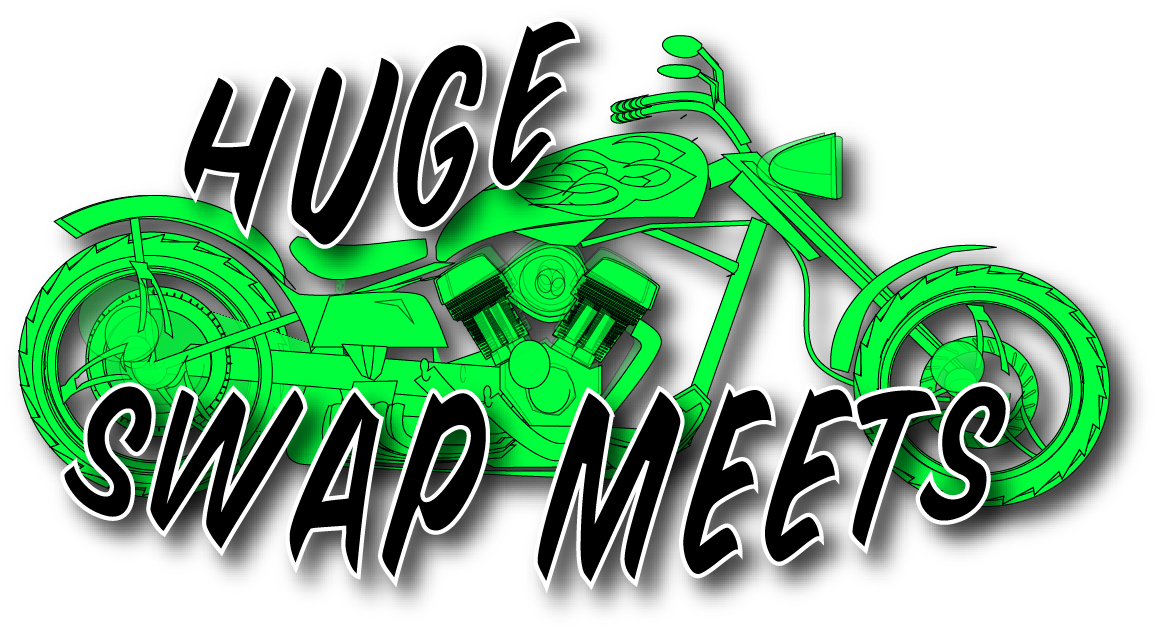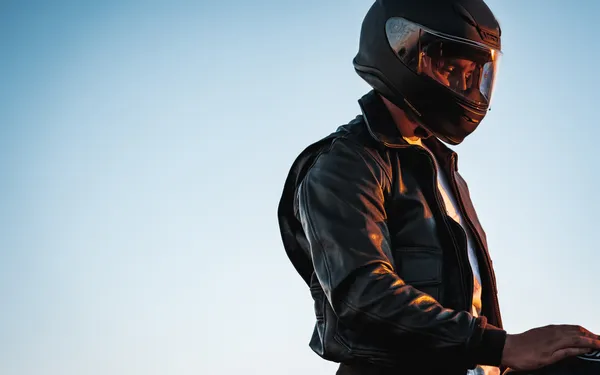
When it comes to motorcycle gear, the jacket is one of the most important items you can own. It’s not just about style—motorcycle jackets offer vital protection from the elements, road debris, and, in the event of an accident, serious injuries. For new riders, understanding the importance of a quality motorcycle jacket can make the difference between a safe, comfortable ride and a dangerous, uncomfortable experience. In this article, we’ll explore why a motorcycle jacket is essential, the features to look for, and the different types of jackets available to suit various riding needs.
Why a Motorcycle Jacket is Essential
Protection from Impact and Abrasion
The primary function of a motorcycle jacket is to protect your upper body from impacts and abrasions in the event of a fall or accident. Riding a motorcycle exposes you to high speeds and hard surfaces, so a jacket with armor and abrasion-resistant materials is crucial for minimizing injury. Unlike regular jackets, motorcycle jackets are designed to withstand the rigors of the road, offering protection to areas like the shoulders, elbows, and back.
Most high-quality motorcycle jackets come with built-in armor or the option to add CE-rated armor at key impact points. This armor absorbs shock and helps reduce the risk of serious injury during an accident. The material of the jacket—whether leather, textile, or a combination—also provides an additional layer of protection against road rash, a common injury caused by sliding across the pavement after a fall.
Weather Protection
Motorcycle jackets are designed to offer protection not only from accidents but also from the elements. As a rider, you’re constantly exposed to wind, rain, sun, and sometimes cold temperatures. A good motorcycle jacket serves as a barrier between your body and these harsh conditions, keeping you comfortable and safe on the road.
Waterproof or water-resistant jackets are essential for rainy conditions, preventing water from soaking through and making your ride miserable. For cold weather, many jackets come with thermal liners that help retain body heat, ensuring you stay warm. Ventilated jackets, on the other hand, are perfect for hot weather, as they allow air to flow through, preventing overheating.
Visibility
Visibility is another critical safety factor when riding a motorcycle. Many motorcycle jackets are designed with reflective materials or high-visibility colors that make you more noticeable to other drivers, especially in low-light conditions or at night. This feature is particularly important for new riders who may not yet be fully accustomed to riding in traffic or dealing with other road hazards. Increased visibility can help reduce the likelihood of accidents, as other motorists are more likely to see you.
Types of Motorcycle Jackets
There are various types of motorcycle jackets to choose from, each designed for specific types of riding and personal preferences. Below are some of the most common types of motorcycle jackets and their features.
Leather Jackets
Leather motorcycle jackets are a classic choice, known for their durability, protection, and timeless style. Leather is naturally abrasion-resistant, making it a great material for protecting against road rash. Leather jackets also tend to last longer than textile jackets if properly cared for, making them a solid investment.
However, leather is not always ideal for all weather conditions. Leather jackets can become hot in warm weather and may not be as effective in the rain unless treated with a waterproofing agent. Despite these limitations, leather jackets are often favored for their toughness, style, and high level of protection.
Textile Jackets
Textile motorcycle jackets are made from synthetic materials such as nylon, polyester, or Kevlar. These jackets are generally lighter than leather and often come with features like waterproofing, breathability, and multiple pockets for added convenience. Textile jackets can be just as protective as leather jackets, especially when equipped with armor in key areas.
For new riders, textile jackets are often a more versatile choice because they are typically more affordable than leather and can be worn comfortably in a wider range of weather conditions. Many textile jackets are also designed with better ventilation, making them ideal for summer riding.
Mesh Jackets
Mesh motorcycle jackets are designed specifically for warm weather riding. Made from a breathable mesh fabric, these jackets allow maximum airflow, keeping you cool even in hot conditions. Despite their lightweight design, mesh jackets still provide protection by incorporating reinforced panels and armor in key areas such as the shoulders, elbows, and back.
While mesh jackets offer excellent ventilation, they are not as protective as leather or heavy-duty textile jackets in terms of abrasion resistance. However, for riders in hot climates, they offer a great balance of protection and comfort.
Adventure/Touring Jackets
Adventure or touring jackets are built for long-distance rides and varying weather conditions. These jackets are typically made from durable, waterproof materials and come with multiple layers, including thermal liners for cold weather and ventilation systems for hot weather. Adventure jackets often have plenty of storage pockets, making them practical for long trips.
For new riders who plan to take longer journeys or participate in adventure riding, touring jackets provide a high level of comfort and protection. They are versatile and can handle both on-road and off-road conditions.
Cruiser Jackets
Cruiser jackets are similar to leather jackets but are designed with a more relaxed fit and a focus on style as much as protection. These jackets often have fewer technical features but still provide solid protection, especially in the form of thick leather or textile material. Cruiser jackets often emphasize comfort and are suitable for casual, laid-back riding.
New riders who are interested in cruiser bikes or more relaxed riding styles may find these jackets appealing due to their combination of style, comfort, and protection.
Key Features to Look for in a Motorcycle Jacket
Armor and Protection
The most important feature of a motorcycle jacket is the protection it provides. Look for jackets with CE-rated armor at key impact points like the shoulders, elbows, and back. Some jackets come with removable armor, allowing you to customize the level of protection or replace worn-out pieces over time.
In addition to armor, consider the jacket’s abrasion resistance. Leather jackets offer superior abrasion resistance, but many textile jackets are reinforced with materials like Kevlar or Cordura to provide similar protection.
Fit and Comfort
A good motorcycle jacket should fit snugly without being too tight. A loose jacket may shift during a fall, reducing the effectiveness of the armor. However, you should still have enough room to move comfortably and layer clothing underneath in colder weather.
Many motorcycle jackets feature adjustable straps at the waist, wrists, and arms to allow for a more customized fit. Make sure to try on the jacket while sitting in a riding position to ensure that it fits comfortably and doesn’t restrict your movement.
Weather Resistance
Depending on where you live and ride, weather resistance may be a crucial factor in choosing a motorcycle jacket. If you frequently ride in wet conditions, look for a jacket with waterproofing or a removable rain liner. For cold weather, jackets with thermal liners will keep you warm on chilly rides. Conversely, if you ride in hot climates, a ventilated or mesh jacket will help you stay cool.
Some jackets offer removable liners, allowing you to adjust for different weather conditions. This feature is particularly useful for touring jackets, which are designed for long rides in varying climates.
Ventilation
Ventilation is important for keeping cool during hot weather rides. Many jackets, especially textile and mesh varieties, come with zippered vents in the chest, back, and underarms. These vents can be opened or closed to control airflow, making the jacket more comfortable in different temperatures.
Storage and Pockets
Motorcycle jackets often come with multiple pockets for storage, including both internal and external options. These pockets are useful for carrying small items like your phone, wallet, or keys. Some touring and adventure jackets even include waterproof pockets, which can be a handy feature for longer trips or rides in unpredictable weather.
Caring for Your Motorcycle Jacket
Cleaning
Leather jackets require special care to maintain their durability and appearance. Use a leather cleaner and conditioner to clean your jacket and keep the leather from drying out and cracking. Avoid exposing leather jackets to direct sunlight for extended periods, as this can cause fading.
Textile and mesh jackets are generally easier to clean. Most can be hand-washed or machine-washed on a gentle cycle. Be sure to follow the manufacturer’s cleaning instructions to avoid damaging the jacket’s protective materials or waterproofing.
Storage
When not in use, store your motorcycle jacket in a cool, dry place. Avoid folding the jacket to prevent creases and maintain its shape. Hanging the jacket on a sturdy hanger is the best way to store it, ensuring that the armor and padding stay in place.
For new riders, a motorcycle jacket is more than just a stylish accessory—it’s a crucial piece of safety gear that can protect you from injuries and enhance your riding experience. Whether you opt for the classic durability of leather or the versatility of textile, investing in a high-quality motorcycle jacket is a smart decision. With the right jacket, you’ll not only stay protected on the road but also enjoy greater comfort and confidence, no matter the conditions.



